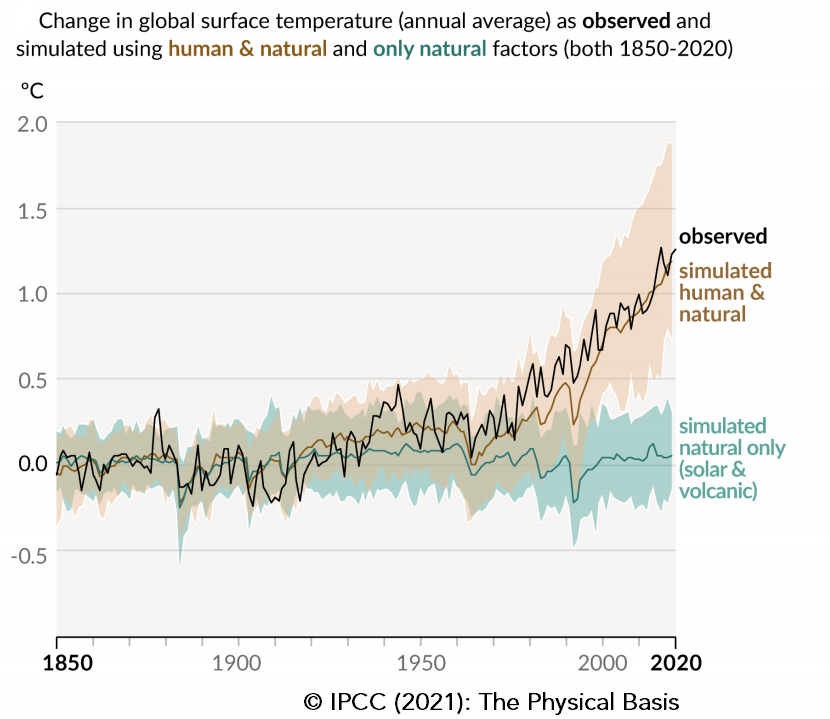IPCC (2021) AR6: The Physical Science Basis
By Karl Flowers

The Intergovernmental Panel on Climate Change (IPCC) is a United Nations forum that is comprised of experts who consider the science behind climate change.
The body is split into three working groups and one task force:
- Working Group I (WGI) – this group considers the physical changes to Earth as a consequence of climate change as well as the mechanisms behind the changes seen.
- Working Group II (WGII) – this group considers what the impacts to human and natural populations will be, and what adaptations by those systems will be required.
- Working Group III (WGIII) – the last group looks at how the effects of climate change can be mitigated, i.e. how greenhouse gases (GHG) can be reduced, or how they can be removed from the atmosphere.
- The task force on national greenhouse gas inventories (TFI) – help nations build meaningful inventories of what their country contributes to global GHG emissions.
A whole suite of reports called the Assessment Reports (now in their sixth edition – termed AR6) are published by the WGI-III and TFI:
- WGI – AR6 Climate Change 2021: The Physical Science Basis – August 2021.
- WGII – AR6 Climate Change 2022: Impacts, Adaptation, and Vulnerability – February 2022.
- WGIII – AR6 Climate Change 2022: Mitigation of Climate Change – March 2022.
The AR6 from WGI was published on Monday 9 August 2021 (AR6 Climate Change 2021: The Physical Science Basis — IPCC) and it has some meaningful information for the leather value chain.
It has confirmed with high certainty that there is currently an increasing temperature of the earth. It has confirmed that this can be linked to human activity. It has confirmed that there are weather effects linked to these climate changes that will impact natural and human populations.
Farmers, slaughterhouses, tanneries, product manufacturers, distributors, and retailers will need to consider how they change their business models to help prevent climate change and how to adapt their supply chains to the effects of climate change.
The leather supply chain should consider the following focal points listed in AR6: The Physical Science Basis:
- IPCC has acknowledged that emissions have come primarily from fossil fuels and land use change.
- That carbon dioxide equivalence (CO2e) primarily comes from CO2, methane, nitrous oxide, and aerosols.
- That fossil methane is worse than biogenic methane.
- That the Global Warming Potential converter for changing all GHG to CO2 should be the GWP* converter – acknowledging short, intense warming from methane, but it is then converted into CO2 that has less warming.
- The value chain should minimise carbon miles and reliance on fossil fuels.
- The value chain should use renewable energy as much as possible.
- The value chain should support methane reductions of livestock (through increased meat productivity, shorter animal life-spans, and decreased gas from “burps”.
- The value chain should support zero deforestation initiatives and regenerative agriculture (soil sequestration).
- The facilities in the value chain should look at becoming as carbon negative as possible.
- The value chain can explain to leather consumers that the best thing they can do in minimising the impacts of the meat industry is to prevent hides and skins from entering landfill.
After the latest AR6 the industry can look forward to the next two reports that update nations globally on climate change. In particular, the report from WGIII will outline mitigation strategies and the leather value chain can help promote its good practices and direction of travel. Where possible the leather value chain and meat value chain can work together to improve livestock impacts.
